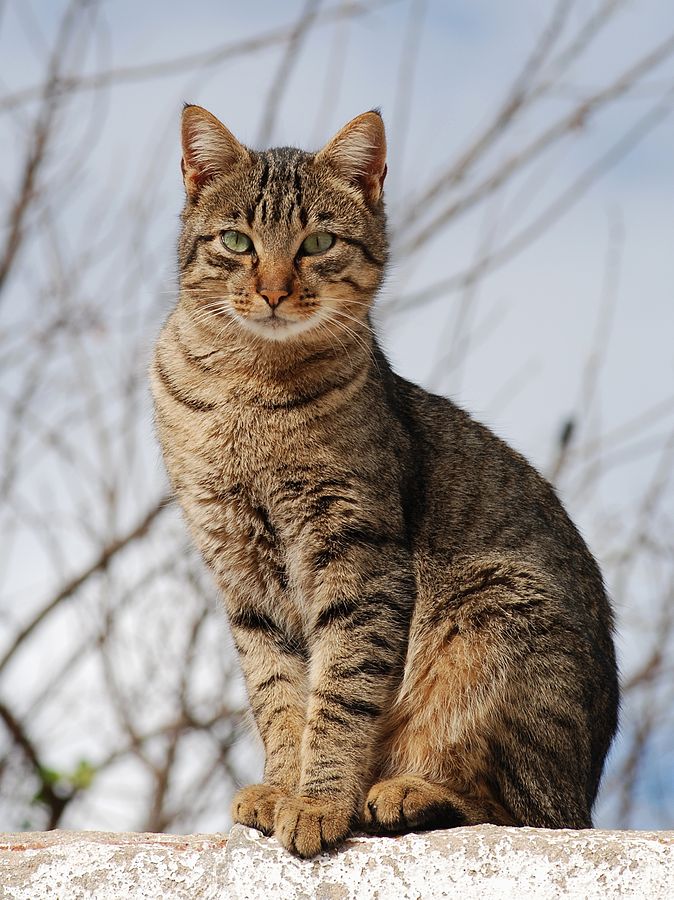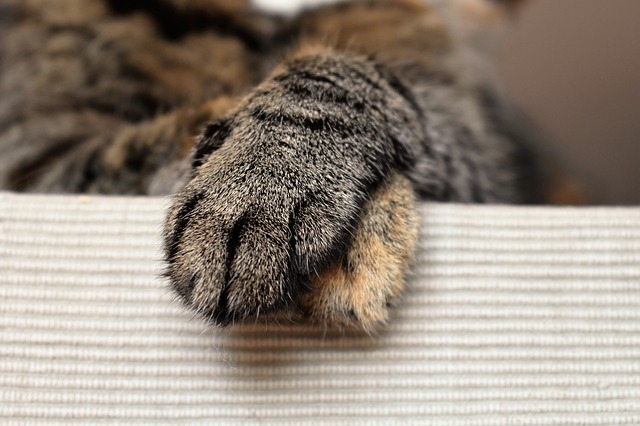No matter how well you know them, cats are mysterious little critters and are determined to stay that way. We may never know why one minute they are demanding your attention, and the next they can’t get away from you quickly enough. Here’s hoping this guide will provide some insight into kitty’s brain.
Ancient cats were not pets
If you’ve ever felt like your cat saw you as a provider of food and not their beloved owner, you can probably blame their ancestors. Some researchers claim that ancient Chinese cats, Felis silvestris lybica, were not domesticated, but rather lived in a mutually beneficial relationship with humans yet independent. They would hunt the rodents that lived in the grain stores of early farmers. A 2007 study showed that F. s. lybica was domesticated 9000 years ago as grain cultivation spread and farmers needed more reliable pest control.
Cats don’t like change
If kitty has been sick or refusing food lately, the problem may not be with them, but rather with any changes in their routine. Even if your cat is in perfect health, any disruption to their routine will have them vomiting hairballs or being extra picky about their food. The best thing to do is to help them adjust to bigger changes and try and keep the little things as similar as possible.
Cats get around
You may not be shocked to know that your cat covers a lot of ground during the day, which is why it’s very important to have them microchipped (learn more about microchipping at Oz Microchips). But you may not have given much thought to how far your cat can travel during the night. A study in Wales tracked cats using GPS and found that they wandered up to three miles at a time, at speeds of 21mph. This is really surprising when they’re home in time to wake you up at 4 am.
Cats look after you, not the other way around
At least, that’s how they see it. Even when you’re catering to their every need, cats don’t think humans are capable of looking after themselves. The next time you’re grossed out by them bringing home a dead mouse, know that this is how your cat looks after you. They have hunted down your dinner and presented it to you because they don’t want you to starve.
Purring doesn’t always mean they’re happy
It’s easy to assume that your cat is happy because it’s purring in the comfort of your lap. However, they also purr when they’re stressed or in pain and trying to heal themselves. The purr of a domestic cat has a frequency between 25 and 150 Hertz. At this frequency, muscles best grow and repair themselves. It could be that cats evolved their purr over the centuries as a survival tactic.
They can be left or right pawed
It’s not just humans who have a dominant hand. Research conducted in 2009 showed that male cats are usually left-pawed and female cats are usually right-pawed.

 Image Source
Image Source Image Source
Image Source



